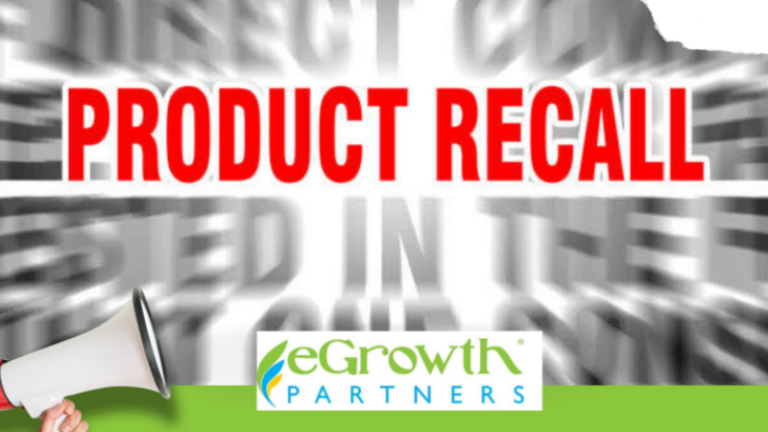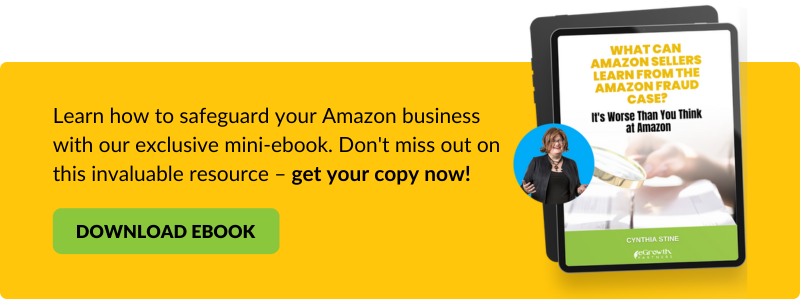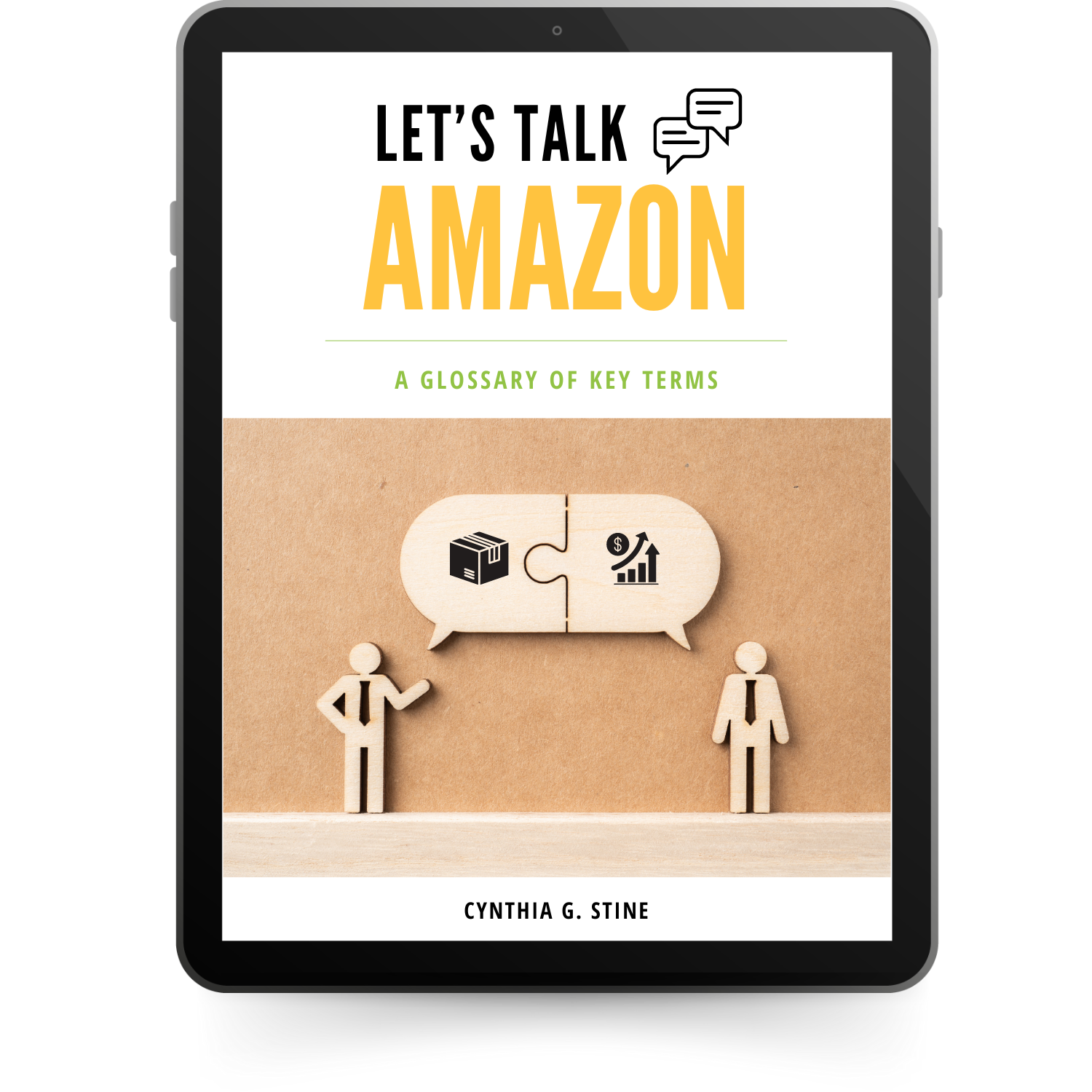In a rare move, the CPSC (the US Consumer Protection Safety Commission) issued an urgent recall for a type of product vs individual manufacturers and products. Amazon immediately removed these products (male-to-male extension cords) from the platform.
Many Amazon sellers have never gone through a major recall, so I thought I’d answer the most common questions in this blog. While some answers relate specifically to this recall, all recalls operate similarly.
Q. Can I get my listings reinstated?
A. No. They are gone forever.
Q. Can I resell my items elsewhere?
A. No. That is a federal crime and unethical. It is unclear at this writing, but Amazon may seize all inventory and destroy/recycle it. If they allow you to get it back, then you are expected to properly dispose of the items.
Q. Will I be reimbursed for my expenses regarding this recall?
A. No. Check your insurance policy for recall coverage. Amazon isn’t reimbursing you. They have their own costs to deal with.
Q. What about items already sold?
A. Amazon will notify all buyers that their products are dangerous, they are due a refund, and how to dispose of the item properly. Most likely this will be to return it to Amazon. Yes. Every single sale of this product from the beginning
Q. Will Amazon suspend me or just the listings?
A. Most likely – historically – just the listings unless they have concerns about your other products as well. Because the recall is for all of these types of extension cords and not just one brand, they will most likely see it as unintentional vs careless. I can’t swear to this, of course, but it reminds me more of tainted peanut butter recalls than hover boards.
Q. If I modify my product, will I be able to list it again in the future?
A. This is an unfixable design problem. You can create new products that safely meet the same need as the old product, but this product is gone forever. It is now a crime to sell these goods anywhere.
Q. Is this only for the US marketplace or worldwide?
A. I only read the US recall, but given the nature of the design flaw, I fully expect this to be a worldwide ban for Amazon and all retailers.
Q. What if I still see competitor products selling on the platform?
A. Report them immediately. These products are dangerous. Amazon took down all the ASINS named in the recall, but they are scrambling to get the rest as fast as they can. It is a design recall; there are no exceptions. If your listing is still live, close it immediately. Inform Amazon: “I’ve voluntarily closed my listing in response to recall release number 22-224. Please advise on proper disposal of my inventory.”
Q. What do I do with all my inventory?!?
A. You can go to the CPSC for advice. Amazon may put out a statement for inventory in their warehouses, but you must dispose of the rest in your possession. You can look at recycling all the wire for new products, but nothing will make you whole. This is going to be expensive. You can’t just throw them in the trash, either. You will need to investigate federal and local laws regarding the disposal of electronic products.
Q. What if I’m just a reseller?
A. You should be getting information from both Amazon and the manufacturer. Some brands/manufacturers will buy back your inventory and properly dispose of it.
Q. Will I be sued by consumers?
A. You could be. Remember how adamant Amazon was about you uploading your insurance policy to the platform? This is why. If they get sued, you get sued.
Q. I sell multichannel and brick and mortar. What do I need to do to be compliant with this recall?
A. This is where you may want to bring in a specialist (not us). There are lawyers and consultants that help companies with recalls. They know all the protocols and risks. If you only sell on Amazon, Amazon will be handling the recall notifications, and you only need to focus on proper inventory disposal. Walmart the same, but eBay? I don’t know their protocols. If you sell on your own site, you are responsible for notifying buyers.
In my former life as a crisis consultant I helped companies navigate recalls. The best way to retain buyer trust is a swift response and transparent communications. Large consumer brands have strategic recall plans and processes in place so they can act within minutes of a problem and notify tens of thousands of retailers and distributors within an hour. This is part of the cost of doing business when you sell products. As Amazon sellers, we are fortunate that Amazon has invested in this very expensive planning and notification technology.
That doesn’t mean we don’t have our role to play. If you are a brand and/or manufacturer on the platform, you are responsible for the safety of your products. There will be investigations by the government. You may need to create a plan of action for them. If they are not satisfied, they could shut you down permanently. In this case Amazon could ban you.
Consumers who were injured by your product will likely sue. My advice to all sellers impacted by a recall is to comply. If you are a growing brand, you may want to create a crisis plan to cover recalls and other kinds of crises. The best way to survive is to be prepared. You may think it is unlikely that your particular product will ever be recalled or sued. All I can tell you is that if humans or animals use your product, things can go wrong. An expert can help you better determine your actual risk and mitigation strategies.
I don’t know any of the companies involved in this recall, but I’ll wager my fee that at least one company will discover its insurance policy and planning were inadequate and its company is at risk. How prepared are you? This recall was for an extension cord. Tomorrow it could be your product.





